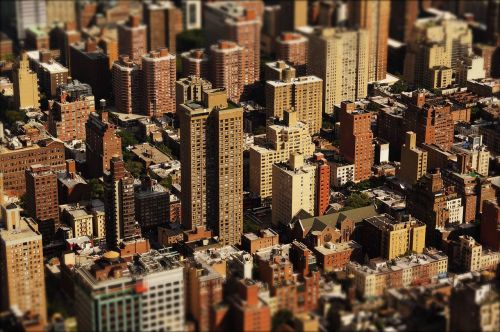Greenbacks from green action
Green projects
Ross Shuster, international operations president, UTC Climate, Controls & Security: People know intuitively that if they are in a building that’s too dark or too warm or there’s not enough fresh air that they don’t feel good and that it might impact how they think and work. But the real challenge is to prove that correlation and show how investing in improved indoor conditions translates into actual monetary value. Harvard University, with primary support from United Technologies, has carried out two studies – the first in a lab environment, the second in actual buildings – looking at the impact of different environmental conditions upon cognitive function as well as health. They found that increased ventilation, lower levels of CO2, lower levels of volatile organic compounds and a more controlled thermal comfort zone have a significant impact on people’s cognitive functions.
Did the study compare old or obsolete buildings with very poor conditions with the most modern ones?
That’s the interesting thing – the Harvard study showed an improvement with green-certified buildings over already high-performing buildings. The team looked at buildings that were considered ‘high-performing’ for IEQ conditions – that is, above the minimum building norms for ventilation, lighting and thermal comfort. That was the basis and then certified buildings that were a step above that were examined. The study revealed that certified buildings increased people’s cognitive function test scores by 26 pct.
How does this translate into money, into greater profitability?
Harvard determined that in the US an indoor environment conducive to a doubling of cognitive function test scores can be achieved at an energy cost of between USD 14 and USD 40 per person per year and this result is as much as the equivalent of USD 6,500 in improved productivity per person per year. When energy-efficient technologies are utilised, the study found the energy costs to be between USD 1 and USD 18 per person per year, with a minimised environmental impact equivalent to app. 0.03 cars on the road per building per year.
Then this would have to be an excellent investment. Increased productivity in a building where hundreds of people work could mean millions of dollars in increased revenues.
It’s not so different now than 30 years ago, when people questioned the payback from investing in energy efficient lighting or energy efficient air-conditioning. People back then would say: prove it to me. Prove that if I put new lights in, it’s going to pay me back in a certain amount of time. Today, no one would question this because there has been so much research and there is objective evidence that demonstrate the savings. But when we talk about work productivity in terms of the energy efficiency of the buildings, we may still be where we were years ago. People say: show me the research, prove it to me – so that is what the research is focused on. Harvard can prove this, both in the lab and real facilities, and will be able to obtain much more actual data on how building environments impact people.
The Harvard research is entering its third phase. What is still to come?
Building on the first two COGfx studies, COGfx Study 3: Global Buildings aims to put together the first-ever assemblage of green buildings for a comprehensive, multi-year study of the specific factors in a built environment that influence human health and productivity. Harvard University researchers are inviting buildings from all over the world to take part of this ground breaking research. The study team will provide office workers in these buildings who sign up for the study with a sensor to track the indoor environmental conditions at their desk and a wearable device to track sleep and physical activity. These devices will integrate with the new ForHealth app, allowing study participants to complete surveys and cognitive tests.






















































